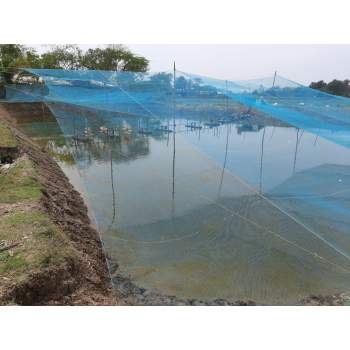- Zoothamniosis disease is one of the parasitic diseases found in vannamei shrimp caused by Zoothamnium penaei which usually lives with poor water quality. It causes the death of shrimps both in pond and hatchery. An abundance of Zoothamnium sp. infested the vannamei shrimp this is still reasonable so long as they do not cause high mortality. But, they can also cause problems in shrimp culture when the environmental conditions are poor and suitable for its development. This parasite that attack shrimps in order to determine the factors causing a decline in growth, meat quality and productivity.
- This disease causes the shrimp to breathe hard, difficult to move and cannot find food, difficult to moult, inhibit growth, reduced economic value and cause death to 91%. In addition, this disease is a predisposing factor of secondary infection by bacteria and viruses.
- Protozoan ectoparasite abundance varies greatly depending on the different physico-chemical conditions of the water bodies. Parasitic groups of protozoans are generally found in environmental conditions that experience instability in the water quality, especially temperature, as Zoothamnium sp. can breed faster in environmental conditions that have a temperature value above 30°C. Giving too much food causes the remaining food to be left in many ponds. This means that the content of the organic matter in the pond is high and spurs on the growth of the parasites which are also able to grow well.
Symptoms
Zoothamnium sp. Infected shrimps show black/ brown gills or appendage discoloration or fuzzy/cottony appearance due to a heavy colony of the organisms. In some cases, the severely affected shrimp die during the molting period.
The base of Zoothamnium forms a circular disc that fuses with the epicuticle but does not penetrate the underlying cuticle or epithelium. Discoloration of the gills is a common symptom of fouling by organisms and also detritus, silt, or iron which are trapped by the fouling organisms.
Treatment
Chlorine and formalin are often used to treat those commensal organisms if shrimp display heavy infection. Changing water is the most preferable management, which stimulates molting of the shrimp in order to reduce the infestation.
Prevention and Control
Prevention and control of the occurrence of surface fouling are usually done through maintenance of good sanitary conditions at the pond bottom and the overall pond area. Organic matters and suspended solids in the pond should be reduced to prevent the attachment of those fouling organisms. This is achieved by changing the water or applying lime.
























